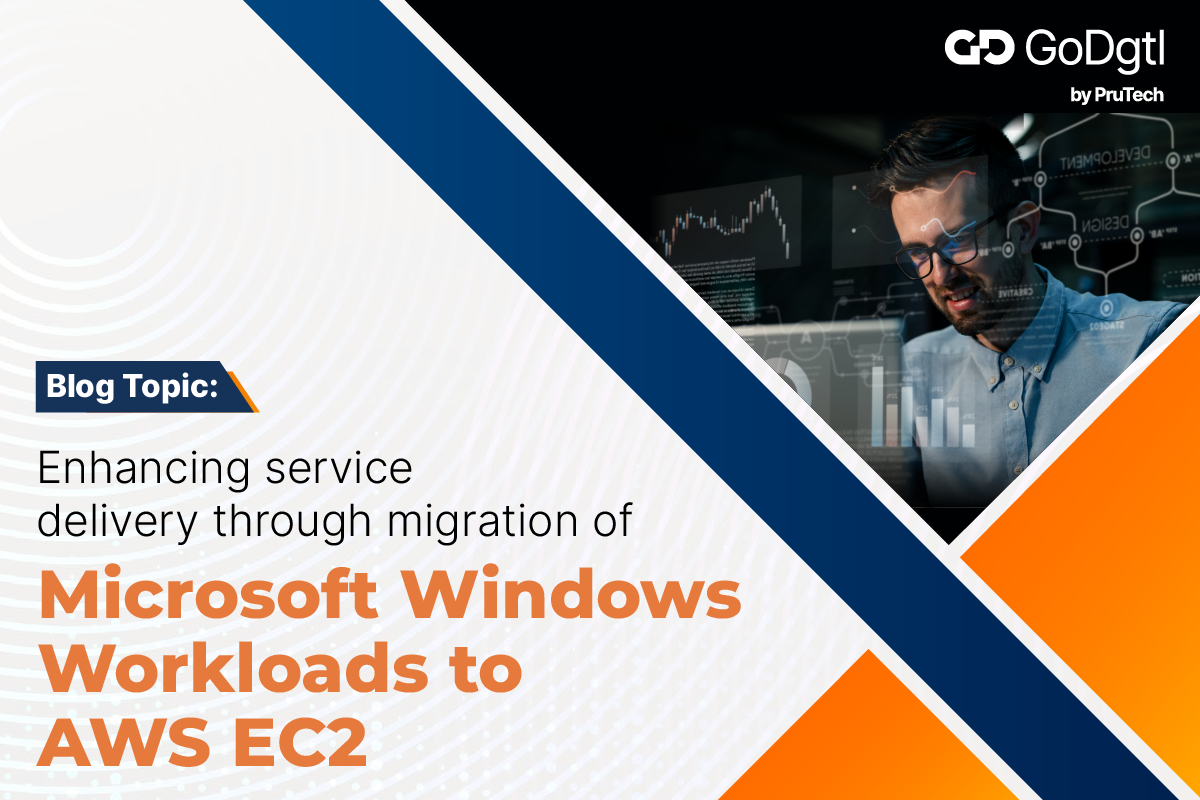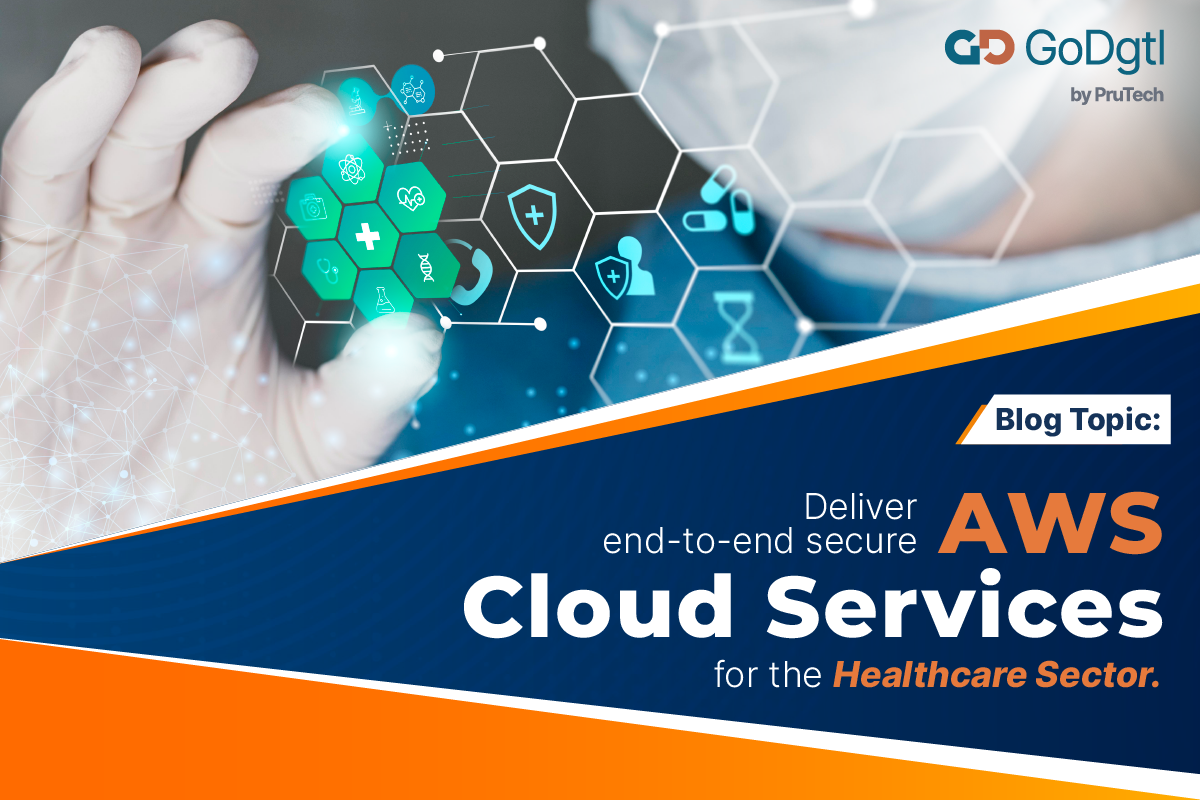In today’s fast-paced digital landscape, both businesses and individuals are constantly seeking ways to streamline operations, increase productivity, and adapt to changing demands. Cloud computing has emerged as a game-changer, revolutionizing the way we access and utilize computing resources. Among its numerous benefits, the power of cloud computing lies in its ability to unlock efficiency and scalability, driving innovation and transforming industries.
Cloud computing has become an essential tool for businesses of all sizes, providing a flexible and cost-effective solution for managing data and applications. By leveraging the cloud, companies can reduce their IT costs, improve their agility, and scale their operations to meet the demands of a rapidly changing market.
Moreover, cloud computing offers a range of benefits that go beyond cost savings and scalability. It enables businesses to access their data and applications from anywhere, at any time, using any device. This level of flexibility and mobility is critical in today’s globalized economy, where remote work and collaboration are becoming increasingly common.
Effective implementation of Cloud Computing
Efficiency: A Catalyst for Success
- Traditionally, organizations had to invest significant capital in building and maintaining their own physical infrastructure. This meant purchasing servers, storage devices, and networking equipment, along with the associated costs of upkeep and upgrades.
- Cloud computing eliminates the need for such infrastructure by offering resources on-demand over the internet. This shift allows businesses to focus on their core competencies, instead of diverting resources towards managing complex hardware.
- By leveraging cloud computing, businesses can optimize their computing resources and reduce costs.
- The ability to scale resources up or down based on demand enables organizations to pay only for what they need, eliminating wasted capacity and providing cost savings.
- This newfound efficiency allows businesses to allocate resources towards innovation, research, and development, giving them a competitive edge in the market.
Scalability: Flexibility for Growth
- Scalability is a defining characteristic of cloud computing. In the past, businesses faced challenges when handling sudden spikes in demand or scaling down during slower periods.
- Cloud service providers offer flexible options for resource allocation, allowing organizations to scale their infrastructure seamlessly.
- Whether it’s a startup experiencing rapid growth or an established enterprise managing seasonal fluctuations, the cloud provides the necessary elasticity to meet changing demands.
- The ability to scale resources efficiently translates into improved customer experiences.
- With cloud computing, businesses can ensure their services remain available and responsive, even during periods of high traffic or increased workload.
- Scalability empowers organizations to deliver consistent performance and meet customer expectations, fostering loyalty and satisfaction.
Enhanced Collaboration and Productivity
- Cloud computing promotes collaboration and productivity by providing universal access to applications and data. With cloud-based solutions, teams can work together seamlessly, regardless of their physical locations. Remote work becomes easier, as employees can access files, applications, and tools from any device with an internet connection.
- Real-time collaboration is made possible through cloud-based productivity suites, enabling multiple users to work on documents simultaneously and exchange feedback in real-time. This fosters efficient teamwork, streamlines workflows, and accelerates decision-making processes.
- Additionally, cloud storage and file-sharing solutions eliminate the need for cumbersome email attachments and physical storage devices, simplifying document management and enabling efficient information sharing across teams.
Business Continuity and Data Security
- Cloud computing plays a vital role in ensuring business continuity and enhancing data security.
- On-premises infrastructure is susceptible to hardware failures, natural disasters, and other unforeseen events that can disrupt operations.
- Cloud service providers typically operate from multiple data centers, ensuring redundancy and high availability.
- By replicating data and applications across geographically dispersed locations, organizations can minimize the risk of data loss and quickly recover from disruptions.
- Cloud providers implement robust security measures to protect customer data.
- Encryption, authentication, and access controls are implemented to safeguard information from unauthorized access.
- Dedicated teams of security professionals continuously monitor and respond to potential threats, providing businesses with robust data protection that might exceed what they could achieve with limited resources.
Conclusion
Cloud computing has revolutionized the way businesses function by unlocking unparalleled efficiency and scalability. The ability to access computing resources on-demand, scale infrastructure according to demand, and optimize resource allocation empowers organizations to streamline operations, reduce costs, and drive innovation.
Cloud computing fosters collaboration, enhances productivity, and enables businesses to adapt to changing market dynamics. Moreover, it fortifies business continuity by providing high availability and robust data protection.
GoDgtl by Prutech enables businesses to optimize their IT expenditure by transitioning to the cloud. Our proficiency in managing cloud environments, businesses can concentrate on their core competencies while enjoying the cost benefits of a streamlined infrastructure.
GoDgtl team of experts ensures a seamless transition to the cloud, providing businesses with a reliable and secure platform to operate on.
Contact us today to learn more about our services and how we can help your business thrive in the cloud era. Contact 24/7 – GoDgtl (go-dgtl.in).









